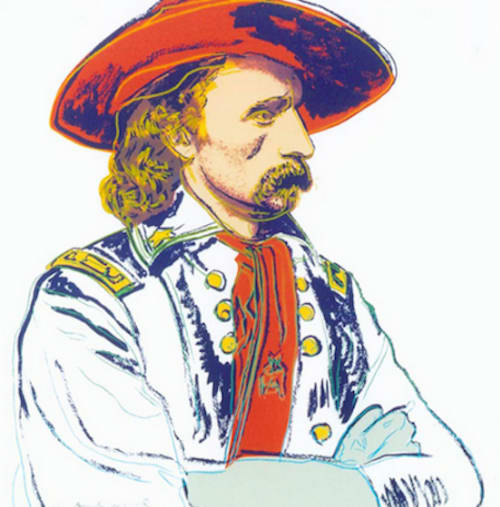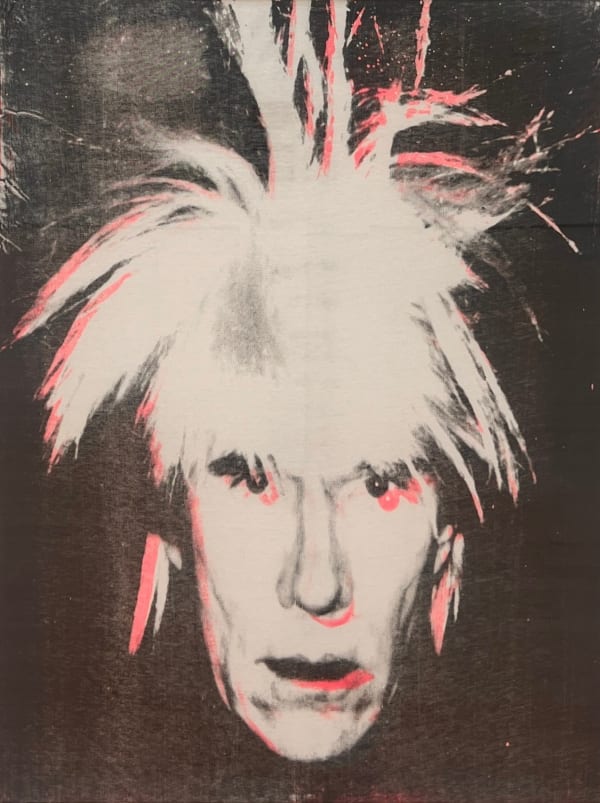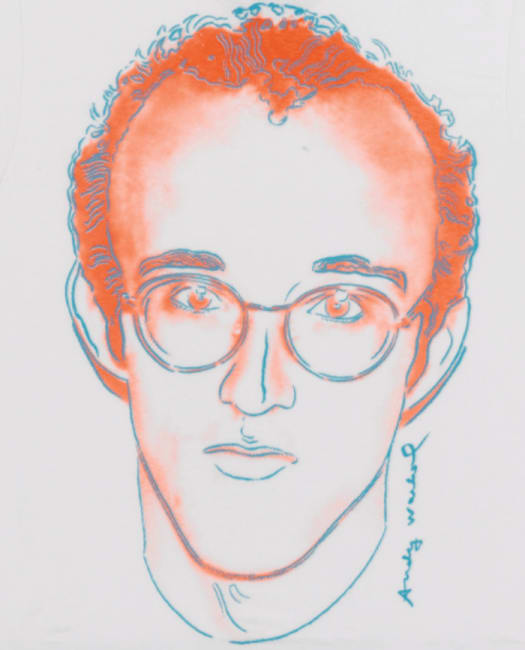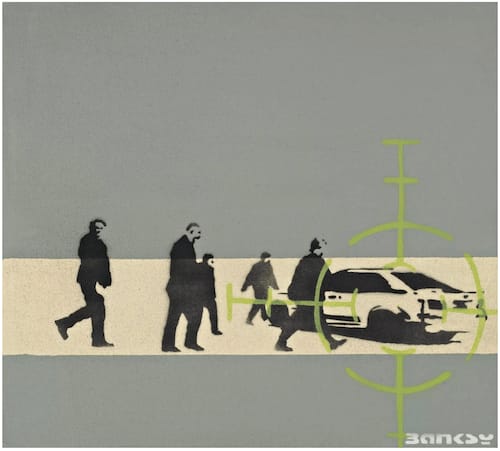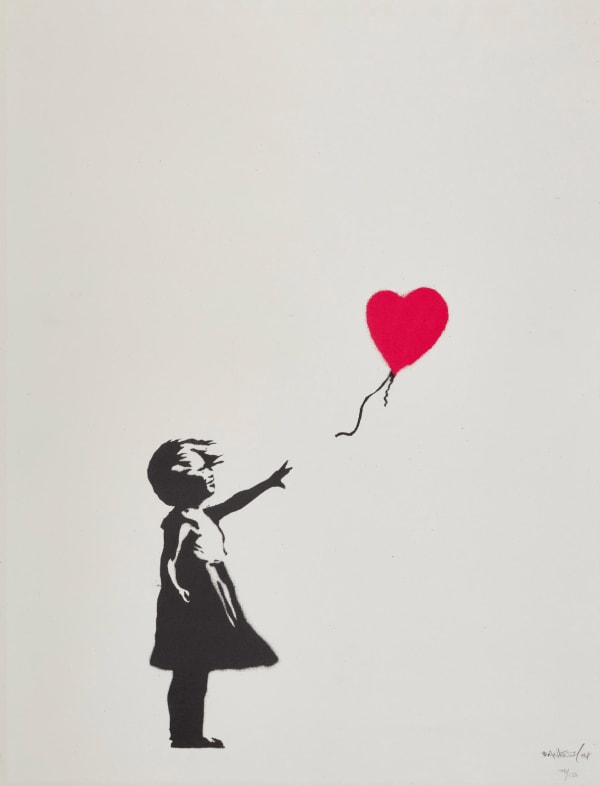Several thematic connections can be drawn between Warhol and Banksy. Warhol is renowned for capturing everyday life and portraying the American experience as he saw it. His work drew from common objects, celebrities, and consumerism, examining the world around him while shedding light on both society's ideals and its hidden flaws. Although Banksy also addresses consumerism, his commentary tends to be more overt and confrontational. Where Warhol’s approach is often nuanced and enigmatic, Banksy delves into power dynamics, using a sharper lens to critique authority and control.
The Pop Art movement emerged in the mid-20th century, mainly in the United States and the United Kingdom, during the late 1950s and 1960s. It arose as a response to the dominance of abstract expressionism in the art world. Pop Art embraced popular culture and mass-produced consumer goods, often drawing inspiration from advertisements, comic books, celebrities, and everyday products. Key features of the Pop Art movement include:
Use of Popular Imagery: Pop artists incorporated images and symbols from popular culture, such as advertisements, comic strips, movie stars, and consumer products, into their artwork.
Techniques of Mass Production: Many Pop Art works were created using commercial printing techniques, such as screen printing, which allowed artists to reproduce images with a mass-produced quality, mirroring the consumer culture they critiqued.
Vivid Colors: Pop Art pieces often featured vibrant and bold colors, which added to their visually striking appeal.
Use of Irony and Critique: Pop Art was often characterized by a sense of irony and a critical perspective on consumerism, mass media, and celebrity culture. It both celebrated and critiqued the excesses and shallowness of modern society.
Repetition and Multiplicity: Repetition of images and motifs was a common technique in Pop Art, reflecting the repetitive nature of mass production and consumer culture.
The Pop Art movement had a significant impact on the art world, challenging traditional notions of fine art and expanding the boundaries of what could be considered art. It blurred the lines between high and low culture and played a crucial role in the cultural commentary of the time, reflecting the changing landscape of post-World War II America and the rise of consumerism.
The street art movement is a cultural and artistic phenomenon that originated mainly in the 20th century, drawing its inspiration from graffiti and public art. It rose to prominence in the 1970s and has since continued to grow and transform. Below are some key aspects and features of the street art movement:
Graffiti Roots: Street art has its origins in graffiti, which involves writing or drawing on walls and surfaces in public spaces. Early graffiti artists often used pseudonyms or "tags" to leave their marks on urban environments. This can be traced back even further to artist’s such as Keith Haring who have inspired both Warhol and Banksy.
Urban Expression: Street art is an urban form of expression, and it often reflects the social, political, and cultural issues of the cities where it is created. Street artists use public spaces as their canvas to communicate their messages to a wider audience.
Individual and Collective Efforts: Street art can be created by individual artists or collectives. Some street artists work alone.
Social and Political Commentary: Many street artists use their work to comment on social and political issues, such as inequality, racism, environmental concerns, and more. Street art often serves as a platform for activism and raising awareness.
Commercialization: While street art began as an underground movement, it has also been commercialized to some extent. Some street artists have transitioned into selling their work through galleries or licensing their designs for commercial products. 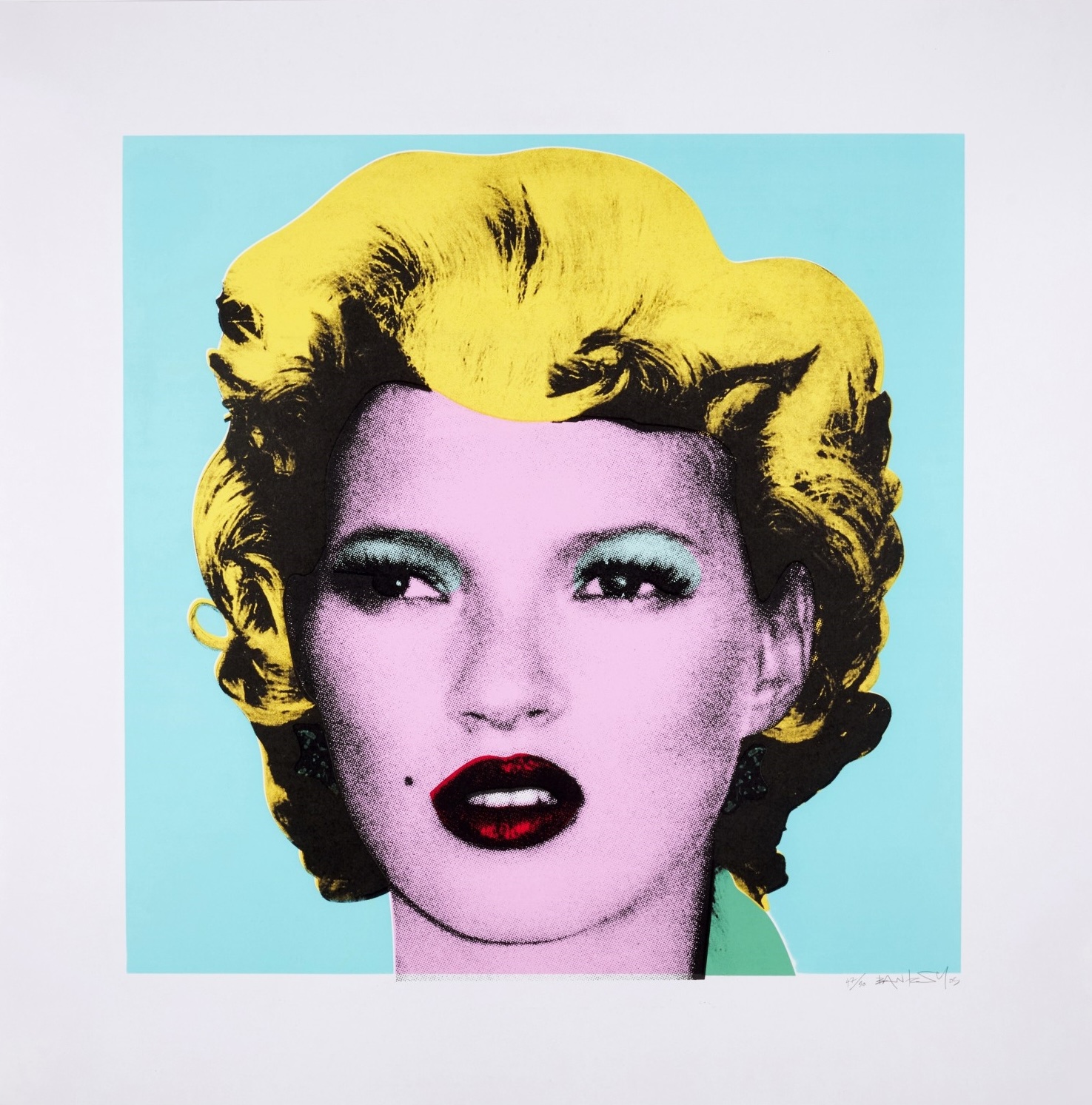
Is Kate by Banksy a playful homage to pop art or a critique of modern celebrity culture? Created in 2006, the vibrant work features a portrait of British supermodel Kate Moss, produced as an edition of signed prints. A series of 20 prints were released in bold color variations—20 pink, 20 hot pink, 20 purple, 20 green, 20 apricot/gold, and 20 blue/grey—as well as a rare edition of 12 artist proofs. The piece pays tribute to Andy Warhol's famous portrait of Marilyn Monroe, presenting Moss as a modern-day icon. Moss, a global figure in her own right, is rendered in a way that elevates her to Madonna-like status. In 2011, it was rumored that Banksy gifted Moss a unique version of the artwork as a wedding gift, leaving it mysteriously in her hotel bathroom with no trace of entry or exit.
Warhol’s Marilyn Monroe series, of which Kate is a reference, used a publicity still from Monroe’s 1953 film Niagara as the source material. By the time Warhol created the screen print, Monroe had been dead for five years, yet her image remained omnipresent in the media and American culture. Warhol cropped the original photo to create a close-up, intimate view of Monroe's face,
exaggerating her most distinct features. His saturated colors emphasized her eyes, beauty mark, and lips, yet the imperfections in his printing process created a gaudy, overdrawn effect, echoing the intense media scrutiny and constructed public persona surrounding Monroe. Warhol’s repetition of the same image also symbolized the relentless reproduction of her likeness in mass media, as well as the different identities she embodied—both Marilyn Monroe and Norma Jean, the orphan behind the Hollywood star.
In 2006, Banksy released his Soup Can series, a direct homage to Warhol’s iconic Campbell's Soup Can paintings. However, instead of using the quintessentially American Campbell's brand, Banksy chose the British Tesco Value range, turning the piece into a critique of wealth inequality.
Banksy’s Soup Can was produced in 2005 as a limited edition of 50 signed prints and 250 unsigned prints in a blue, red, and white color scheme by Pictures on Walls. Much like Warhol’s approach, Banksy offered multiple versions of the same motif, but instead of different soup flavors, he used various colorways. The total release included 28 color variations, with 10 signed prints for each, totaling 280 signed prints. The choice of Tesco Value branding, a far less glamorous alternative to Campbell’s, makes a clear statement about class and consumerism in Britain, focusing on products that are typically associated with the working class.
Warhol’s Campbell’s Soup I portfolio, produced in 1968, was the first in a series of iconic prints, featuring ten varieties of Campbell's soup. When Warhol first presented Campbell’s Soup Cans in his 1962 exhibition at the Ferus Gallery, it revolutionized the art world by elevating a mass-produced product to the status of fine art. This bold move challenged traditional notions of what could be considered art. Cultural critic Jean Baudrillard noted that Warhol’s soup cans freed viewers from having to distinguish between beauty and ugliness, reality and art, transcendence and the mundane.
Discover Andy Warhol original prints for sale or to buy Banksy prints contact info@guyhepner.com for current availabilities. Looking to sell? We will help. Find out how to sell Warhol prints or sell Banksy prints at Guy Hepner.






